Sentinel Thematic Areas – Atmospheric Monitoring
The Copernicus Sentinel missions support atmospheric monitoring by providing timely, continuous and independent data on the atmosphere, and provide data to support federal, national and local studies and activities, and help in addressing a variety of policy areas.
Sentinel-3
OLCI supports investigations into atmospheric composition (mainly aerosols and water vapour) which is a fundamental parameter for climate studies, and also contributes to the measurements of the downwelling solar radiation (long-wave and short-wave) at the Earth’s surface and Top Of Atmosphere, which are critical to the estimation of the global Surface Radiation Budget (SRB).
The MWR instrument measures the atmospheric water content in liquid and vapour phases. This information will be used to enable the Sentinel-3 mission to meet the required altimetry accuracy requirements for the measurements acquired by the SRAL instrument on the same platform.
The multi-angle, multi-wavelength viewing geometry of the SLSTR instrument supports the characterisation and investigation of cloud properties through the development of operational cloud products.
Sentinel-5P
The TROPOMI instrument aboard Sentinel-5P is a dedicated atmospheric monitoring mission, and measures air quality, ozone and ultraviolet radiation, and provides climate monitoring and forecasting.
Specific Areas – Atmospheric Monitoring

Greenhouse Gases – Greenhouse gases help to keep our planet warm, but with too much the planet’s temperature would increase, and by contrast the temperature would plummet without these gases. Satellites can help to measure the accumulations of gas in the atmosphere and determine future trends.

Reactive Gases – In terms of atmospheric monitoring, highly reactive gases of ones which when exposed to sufficient quantities of heat and light chemically react and absorb or deplete the surrounding levels of ozone in the atmosphere. It is thus important to observe the levels of these potential threatening gases.
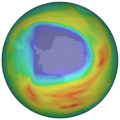
Ozone & Solar UV Radiation – The measurement of change in the ozone layer is today operationally possible at a high temporal and spatial resolution in near real-time allowing ongoing updates of the effects of pollution.
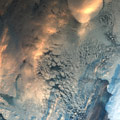
Aerosols – Satellites can help to monitor the potential harmful aerosol levels in the atmosphere and distinguish between natural and human-made aerosols. This is an important tool in efforts to prevent further atmospheric pollution.
Source: https://sentinels.copernicus.eu/web/sentinel/thematic-areas/atmospheric-monitoring


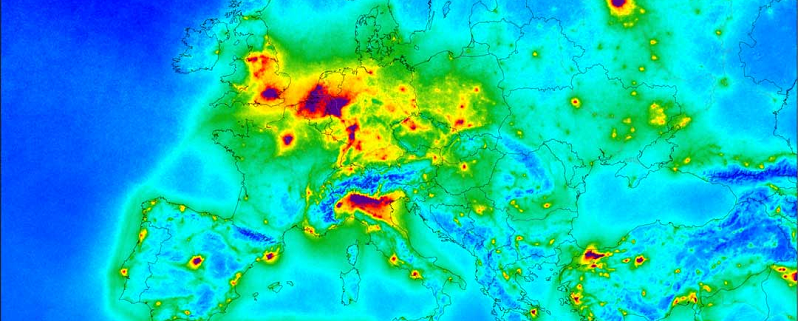
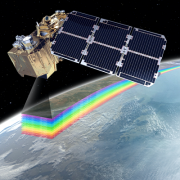
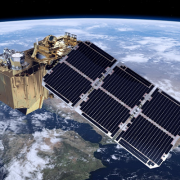
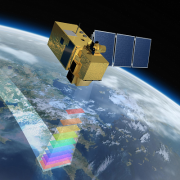 https://sentinels.copernicus.eu/
https://sentinels.copernicus.eu/ 
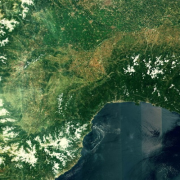 https://sentinels.copernicus.eu/
https://sentinels.copernicus.eu/ 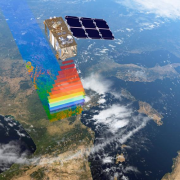


Leave a Reply
Want to join the discussion?Feel free to contribute!